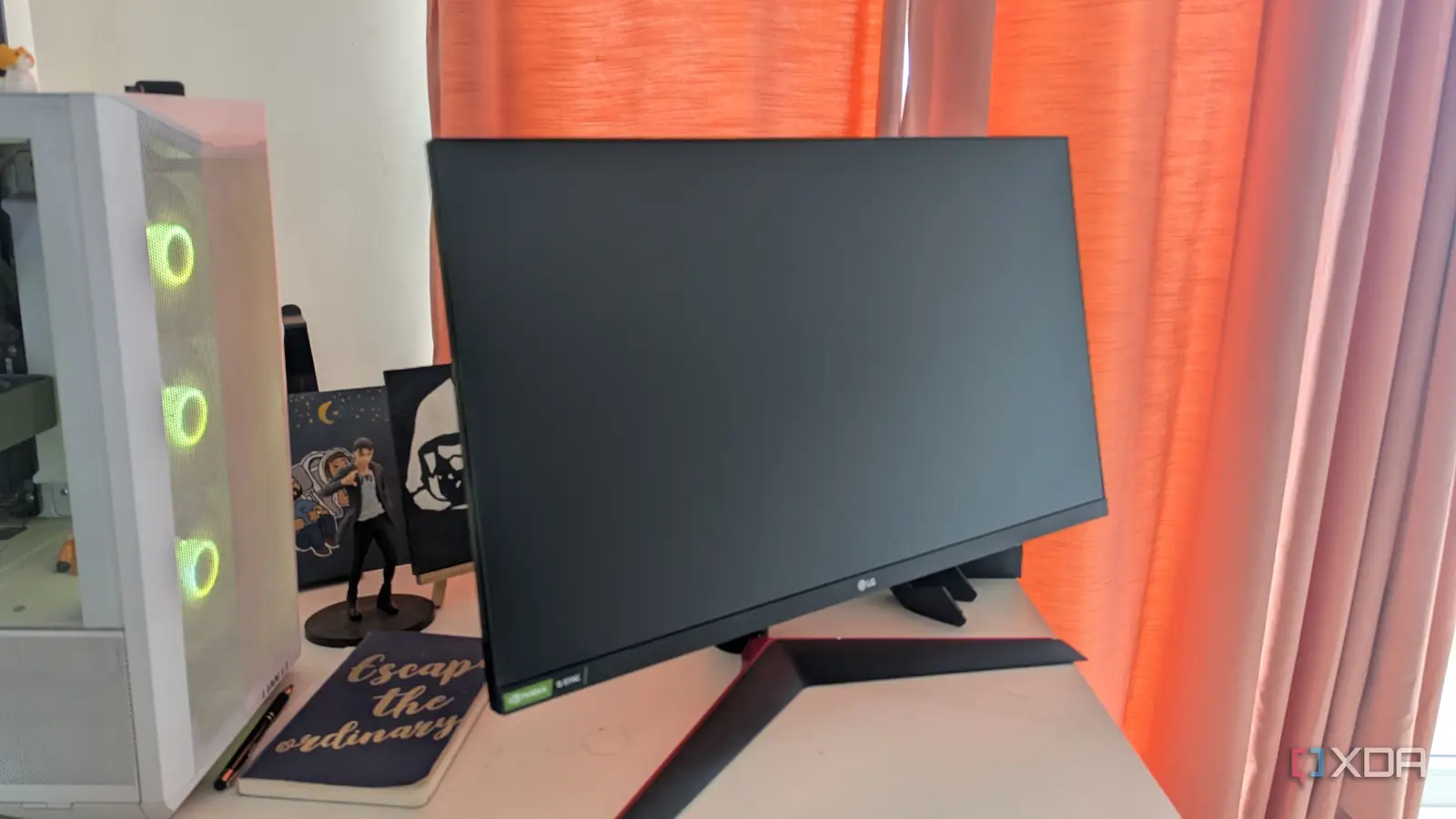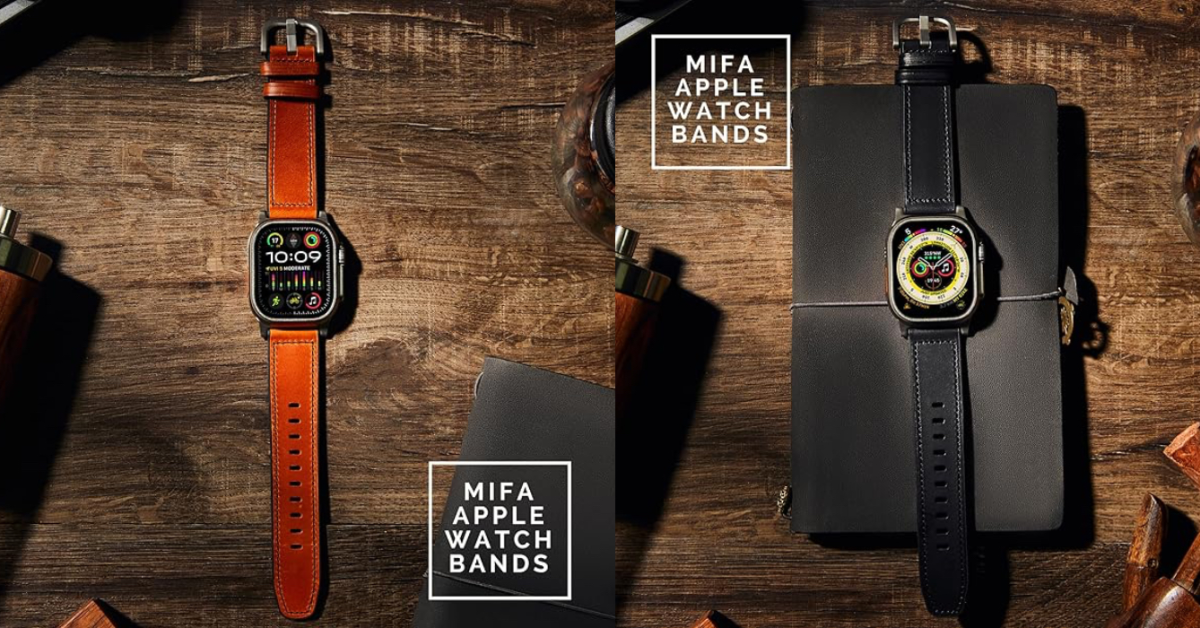
After using CRT, TN, and IPS monitors for over 25 years, I upgraded to an OLED display this month. The Alienware AW3423DWF feels like a significant step up from my LG 27GL850 — 27″ to 34″, flat 16:9 to curved ultrawide, and IPS to OLED. Gaming has been a rewarding experience, and the extra screen real estate is useful for work as well. However, I haven’t discarded my IPS monitor yet. Owing to the few downsides of OLED displays and the multiple ways I can still use my old monitor, I’m keeping it around.
I need a dedicated monitor for work
My OLED is my gaming-only display
Burn-in was always at the back of my mind when I was shortlisting which OLED monitor to buy. Of course, OLED care features are always at work, and I adhere to the standard burn-in prevention checklist, but working for 6 to 8 hours a day on an OLED display is still far from ideal. Despite hiding the taskbar and desktop icons, my CMS window has plenty of static elements that could, theoretically, lead to image retention over time. I do take a break for lunch every day, but I just want to be extra cautious to protect my expensive purchase.
Then, there’s the unmissable issue with text rendering on this QD-OLED panel. At first, I ignored it, hoping to get accustomed to it. However, despite trying ClearType and MacType, the text fringing hasn’t fully disappeared, and is something that’ll always be there. This is why I’ve decided to do all my writing on my old IPS monitor — no burn-in or text fringing issues making me anxious. It’s not an ideal solution, but it’s the only one I have right now. I have the old monitor on my adjacent desk, and when I’m done working, I just turn my chair around to game on my fancy new OLED
Using a vertical monitor for messaging, articles, and photos
I never knew I’d be hooked on a portrait display
My IPS monitor always supported the pivot function, allowing it to be turned fully vertical, but I never really took it seriously. Lately, however, I’ve toyed with the idea of keeping my always-open WhatsApp window on my IPS monitor in the vertical orientation. I’ve also started reading all the articles I need to on the vertical monitor, and opening Google Photos whenever I need to grab old images for an article. This has completely changed the way I work — whenever I’m not working for hours on end, I use my OLED and IPS monitors simultaneously.
Watching YouTube and admiring wallpapers happens on the OLED, while my vertical IPS monitor has my messages and articles open in separate windows in a split-screen layout. Using my old monitor vertically for the first time has made me a lot more appreciative of its feature-packed stand as well as the perks of portrait use.
For simpler multitasking
Vertical or not, two screens are better than one
My new OLED is a 21:9 ultrawide display, offering a lot more space for added productivity, but I still prefer using two monitors side by side instead of just one. I find that, on the occasions I need to work with multiple windows, having all of them open on my ultrawide OLED feels a little tedious. By moving some of them to my IPS monitor on the side, I can more easily focus on the task at hand, and take a glance at the other screen when I need to. I’m able to reduce the information overload on the primary display while still making use of efficient multitasking using the secondary screen.
For instance, when I need to assess my investment portfolio at the start of every month, I have all my platforms open on the IPS monitor while I work on my Excel sheet on the ultrawide OLED in front of me. This is just one of the ways I’ve seamlessly incorporated my old monitor into my lifestyle.
Adding a 27″ screen to my laptop
Creating a makeshift workstation
My old laptop is pretty much on its last legs, but I still find myself turning to it when I feel like working in a different room, or when I need to plan a vacation. Having a large 27″ display connected to the laptop enhances the experience when my partner and I want to look at stuff together. Even when I’m working alone, I feel more comfortable on the larger display since that’s what I’ve used primarily for the last four years. I get one of my mechanical keyboards out of my cupboard, and create a makeshift workspace in the living room.
Granted, I’ve started doing this only for the last three weeks or so, but I feel my old monitor is better used this way instead of selling it for a few bucks. The added functionality a secondary screen unlocks is far more valuable than the $100 I could get by selling it.
Old monitors die hard
My old IPS monitor doesn’t have to be left by the wayside just because I’ve moved on to an OLED display. It still serves as my primary work monitor, a vertical display for select use cases, and a secondary display for my old laptop. Even multitasking feels better with two monitors, despite my primary screen being ultrawide.



